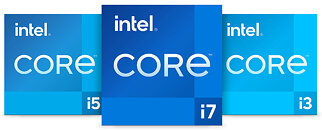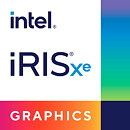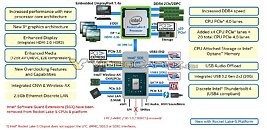
AMD RDNA2 Graphics Architecture Features AV1 Decode Hardware-Acceleration
AMD's RDNA2 graphics architecture features hardware-accelerated decoding of the AV1 video format, according to a Microsoft blog announcing the format's integration with Windows 10. The blog mentions the three latest graphics architectures among those that support accelerated decoding of the format—Intel Gen12 Iris Xe, NVIDIA RTX 30-series "Ampere," and AMD RX 6000-series "RDNA2." The AV1 format is being actively promoted by major hardware vendors to online streaming content providers, as it offers 50% better compression than the prevalent H.264 (translating into that much bandwidth savings), and 20% better compression than VP9. You don't need these GPUs to use AV1, anyone can use it with Windows 10 (version 1909 or later), by installing the AV1 Video Extension from the Microsoft Store. The codec will use software (CPU) decode in the absence of hardware acceleration.



















